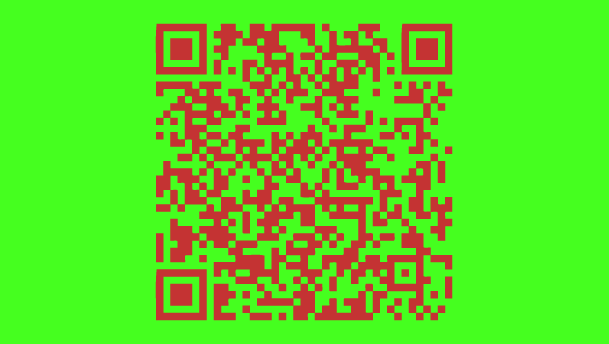This post is inspired by Chris’ “Hardly anyone cares about QR Codes” post. Firstly, what is a QR code?
A QR Code is a matrix barcode (or two-dimensional code), readable by QR scanners, mobile phones with a camera, and smartphones. The code consists of black modules arranged in a square pattern on a white background. The information encoded can be text, URL or other data.
Common in Japan, where it was created by Toyota subsidiary Denso-Wave in 1994, the QR code is one of the most popular types of two-dimensional barcodes. QR is the abbreviation for Quick Response, as the creator intended the code to allow its contents to be decoded at high speed.
– wikipedia
In layman’s terms; If you own any smart device with a generic barcode reader application installed (I currently use RedLaser), open it and point your camera at the code. Done, now wait for it to either send you to a webpage, give you a message [plain text] or, and probably the best use for the networkers amongst us, putting a persons contact details into your device, like the old electronic business cards on mobile phones.
This is not augmented reality.
As mentioned in Chris’ post, people often confuse them (a lot) with augmented reality; this is because they’re black, white and 8-bit style blocky, similar to the markers that some augmented reality uses, but that’s where the common factors stop.
Using QR Codes.
QR codes are seen a lot in advertisements, advertisers want to use them but the audience just isn’t ready. We’ve all seen them around and most of us are not quite sure what to make of them. Maybe it’s because we don’t understand, or maybe theres just not enough incentive for people to use them, for example, if it’s on an advert will it take me to their website, call their store or give me a message? That’s just a risk I’m not ready to take! Nevertheless, it’s easy technology and you might as well put it somewhere if it’s justified, though not on the end of a TV spot for less than a second like I’ve recently seen (the app doesn’t even open that fast, let alone pulling the phone out of my pocket and actually pointing it at the screen).
ANYWAY, this is the good part. This is how you can utilise them for your own greedy personal gain! By using websites such as The 2D Code you can generate your own QR code using your own information. Have a blog? Why not make stickers and stick the around the city? (probably because no one will care), but have them on your business card and it’s a whole other story. It has a purpose and an even better function. Giving your business card to a potential client, employer or vip is one thing, but giving them access to easily and effectively get that information and putting it on a device that they have with them night and day with your details at the touch of a button is another.

